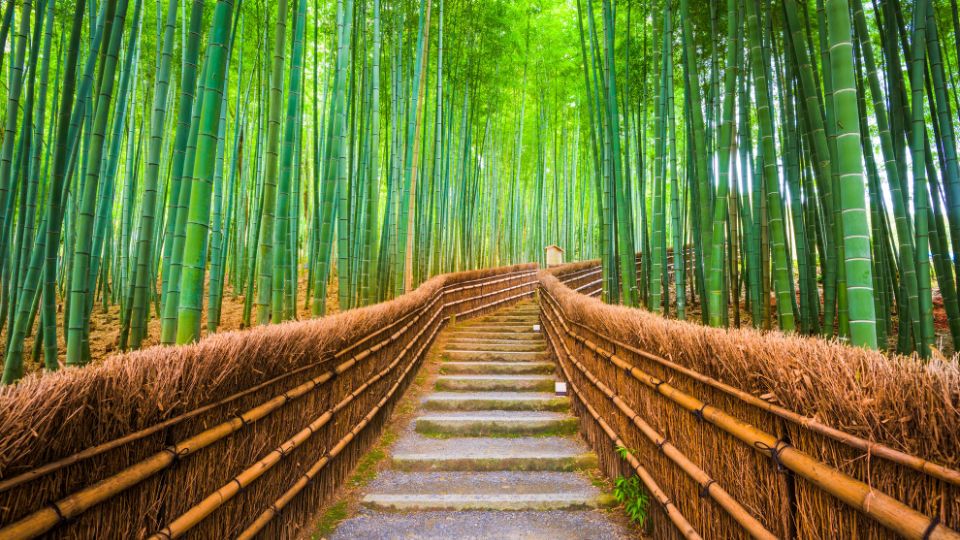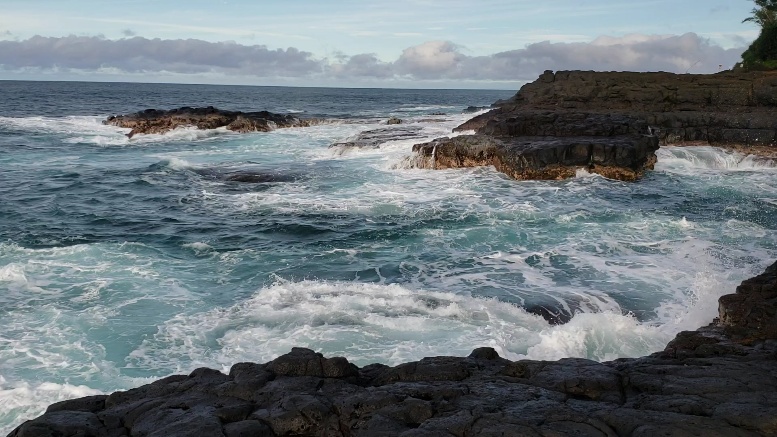I have a profound love for fly fishing, a passion that has been kindled by my time spent in the stunning landscapes of Florida. The warm waters and diverse ecosystems of the Sunshine State have provided me with ample opportunities to indulge in my favorite pastime, casting my line with precision and patience, eager to experience the thrill of a catch.
While Florida has undoubtedly left an indelible mark on my fly fishing adventures, my roots lie in Pennsylvania, where I hail from. The serene streams and rivers of my hometown have likely instilled in me a deep appreciation for the sport from an early age, shaping my skills and fueling my desire to seek out new fishing havens…

Best Fishing in Califonia
Beyond the familiar waters of Florida and Pennsylvania, my curiosity has led me to explore other renowned fly fishing destinations across the United States. The pristine rivers and lakes, teeming with a variety of fish species, offer a captivating angling experience. Here are some of of the best places to fly fish in California, recommended by Richard Uzelac.
Carson River, East Fork
The East Fork of the Carson River in the Sierra Nevada provides excellent trout fishing opportunities. This river, located near Markleeville, harbors both native rainbow and brown trout. With easy access and campsites along the banks, anglers can enjoy casting their lines into these cold, clear waters surrounded by mountain beauty.
Crowley Lake
Situated along Highway 395 south of Mammoth Lakes, Crowley Lake offers a convenient fly fishing experience with marinas and amenities right at the shoreline. This large natural lake extends for miles, allowing anglers to find their perfect spot to target the resident trout population from the bank or a boat.
Eagle Lake
As one of California’s largest natural freshwater lakes, Eagle Lake in Lassen County provides a unique fly fishing destination. This closed-basin lake hosts fluctuating water levels that create dynamic fishing conditions. Anglers can pursue various species here while taking in the scenic volcanic landscapes.
East Walker River
The East Walker River flows from California into Nevada, passing through the Eastern Sierra Nevada range. When conditions allow, a stretch of this river opens for anglers to target brown and rainbow trout along with other fish species in its diverse waters carved through the dramatic mountain scenery.
Fall River
Fall River is revered as one of the top fly-fishing rivers in California. This Pit River tributary in Shasta County maintains cool, spring-fed flows ideal for its renowned population of large rainbow trout. The scenic canyon setting surrounded by mountains makes for a highly sought-after angling experience.
King’s River
The King’s River in the Sierra Nevada mountains provides excellent fly fishing for wild rainbow, brown, and brook trout. This freestone river flows through steep canyons and offers both easily accessible areas as well as remote stretches for a backcountry experience. The vigorous currents and abundant insect hatches make for challenging yet rewarding fly fishing.
Lower Sacramento River
The Lower Sacramento River is renowned for its large rainbow trout population. This tailwater fishery below Shasta Dam features clear, cold waters ideal for trout. Anglers can find success here year-round using a variety of fly fishing techniques, from nymphing to streamer fishing, to match the abundant aquatic insect hatches.
Hot Creek
Hot Creek in the Eastern Sierra is a very unique fly fishing destination due to its geothermally-heated waters that remain around 70°F year-round. This allows trout to actively feed throughout the winter months. The creek’s abundant insect life and open meadow setting make for fantastic dry fly action on any given day.
Lake Almanor
This large reservoir in Northern California’s Plumas County provides outstanding still water fly fishing for plentiful rainbow and brown trout. Anglers can fish from shore, float tube, or boat to target these hard-fighting trout that cruise the lake’s weedbeds and drop-offs in search of aquatic and terrestrial insect hatches.
San Luis Rey River
An overlooked gem in Southern California is the San Luis Rey River in San Diego County. This small freestone stream flows through chaparral landscapes and holds good numbers of wild rainbow trout. The dry fly fishing here can be exceptional during prolific mayfly hatches in the spring and summer months.
Why People Love Fly Fishing?
Fly fishing offers numerous benefits for the mind and body. The rhythmic motion of casting can induce a meditative state that breaks the cycle of everyday thoughts, allowing the brain to relax. Being immersed in nature by rivers and streams. The sounds of flowing water and focusing on where the fly will land help evoke the relaxation response and helps evoke the negative effects of chronic stress like high blood pressure. Studies have shown fly fishing can significantly reduce stress levels and PTSD symptoms and improve sleep quality, likely due to combining meditative motion with the calming influence of the outdoors.
Beyond the mental health benefits, fly fishing is also a physical activity that improves coordination, balance, and overall fitness from wading through the waters. It requires skill to read environments, match flies, and anticipate fish movements, providing an engaging challenge. The thrill of catching fish adds excitement. Many are drawn to fly fishing’s connection with nature, the opportunities to visit iconic landscapes, and the continuous learning process as environments change over time. With relatively inexpensive gear, fly fishing allows people to relax their minds while staying active in tranquil settings.
So what are you waiting for? Grab your gear and escape to the rejuvenating waters.































